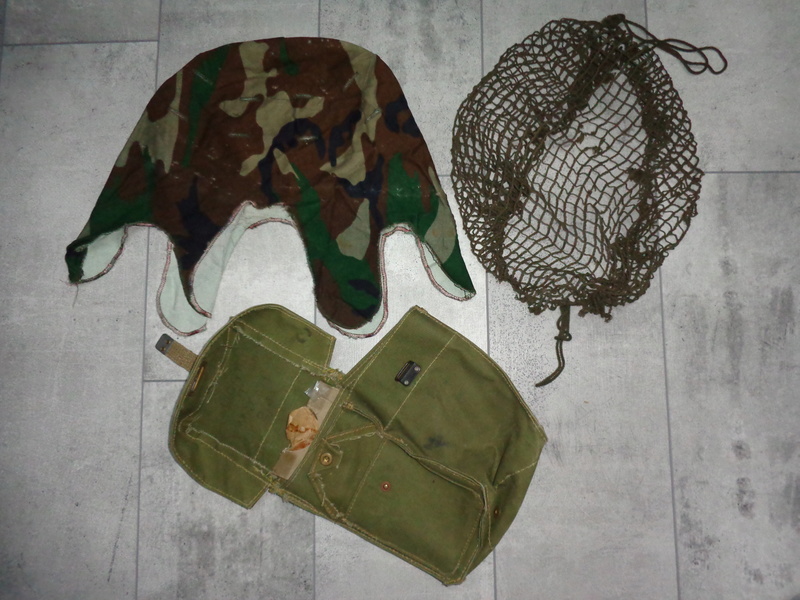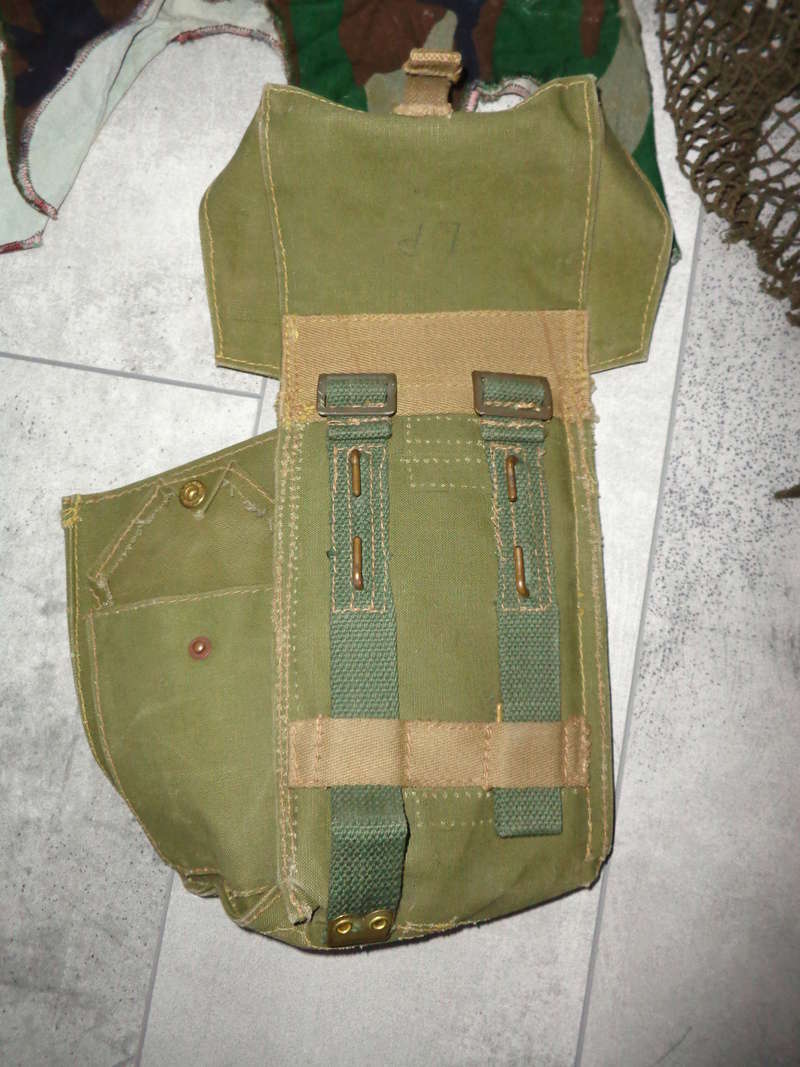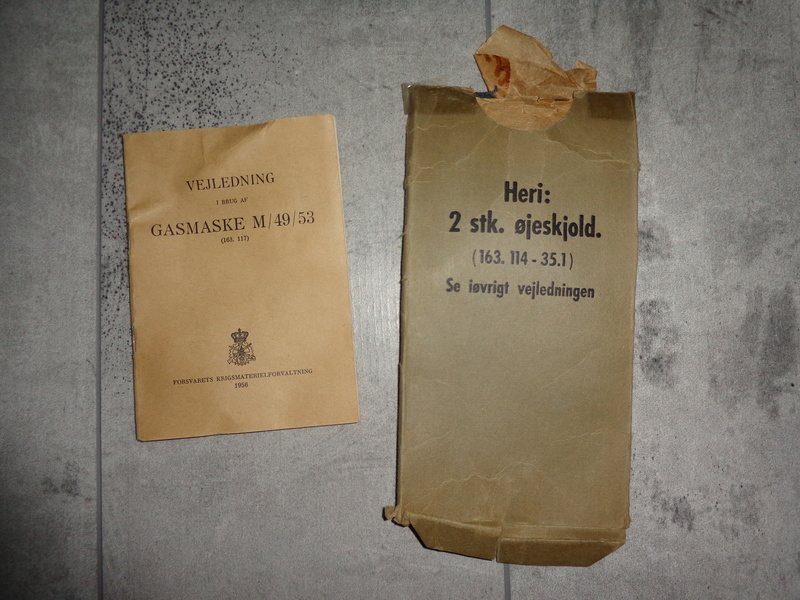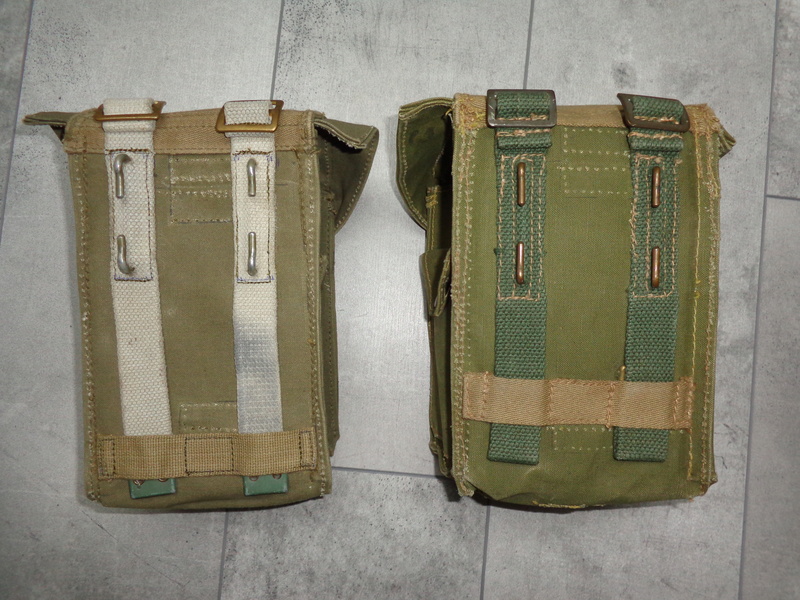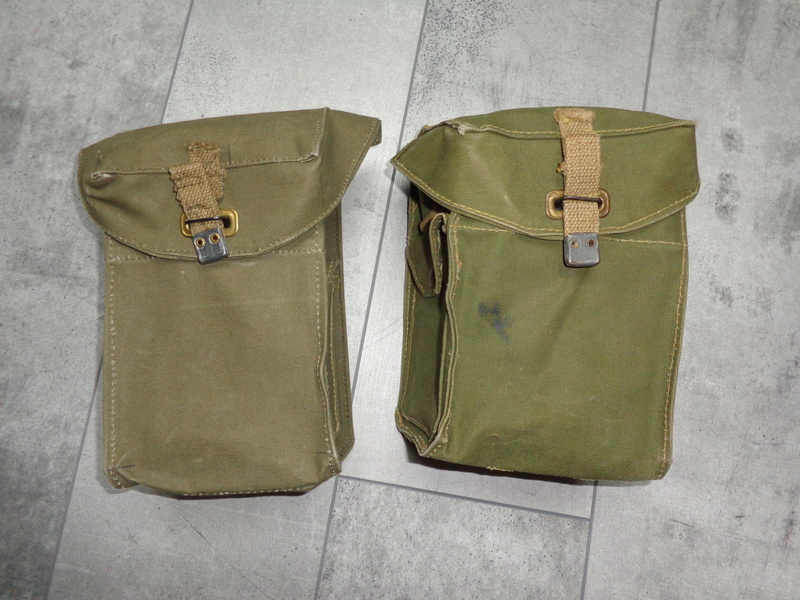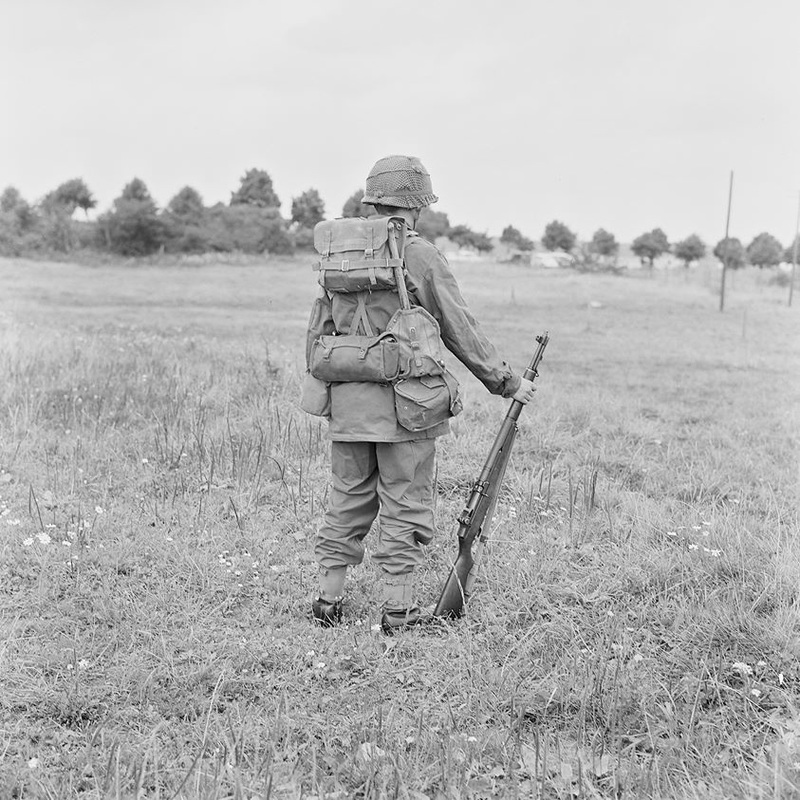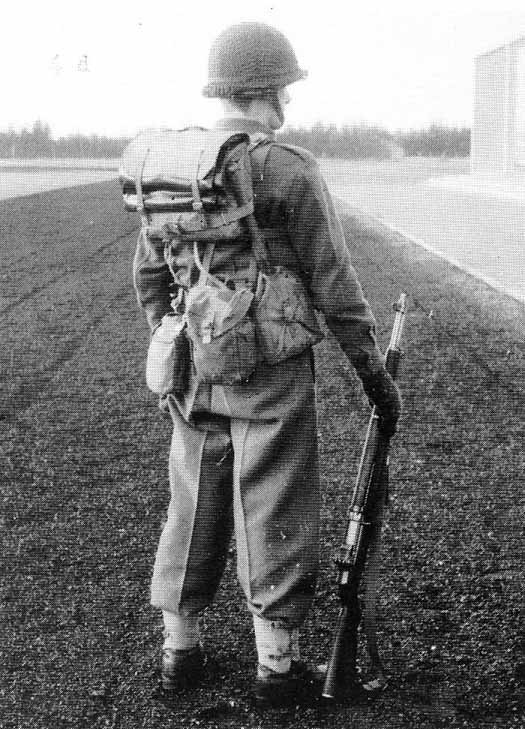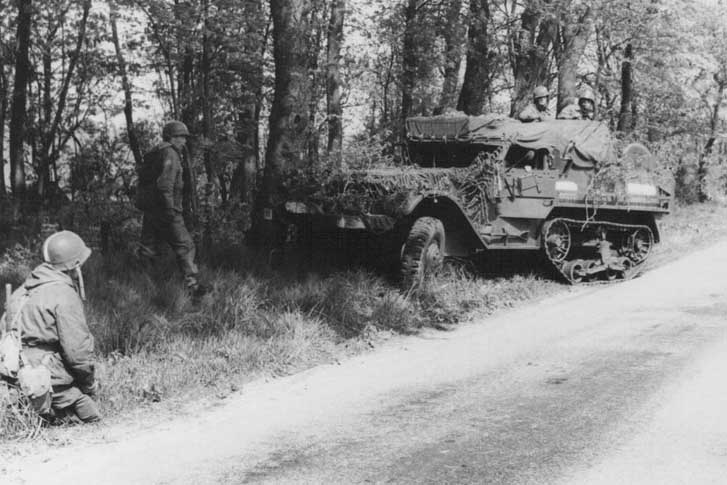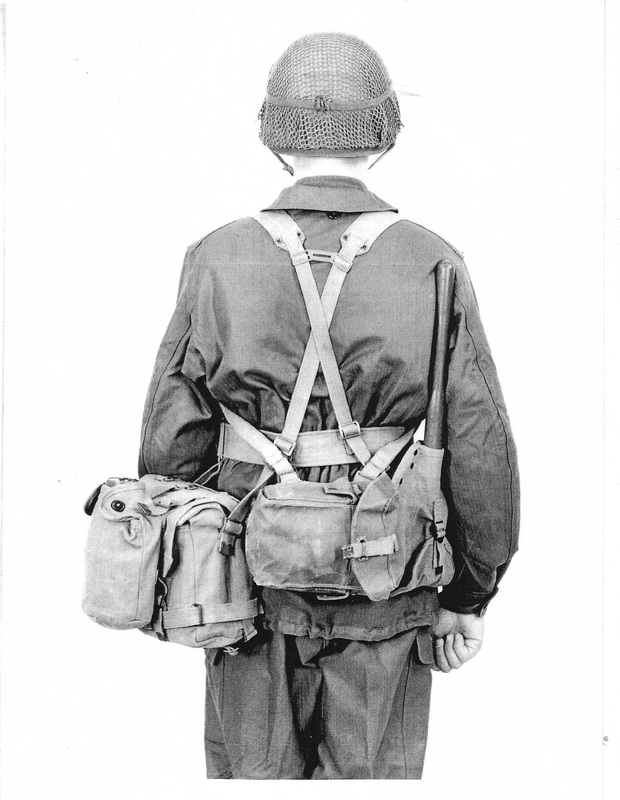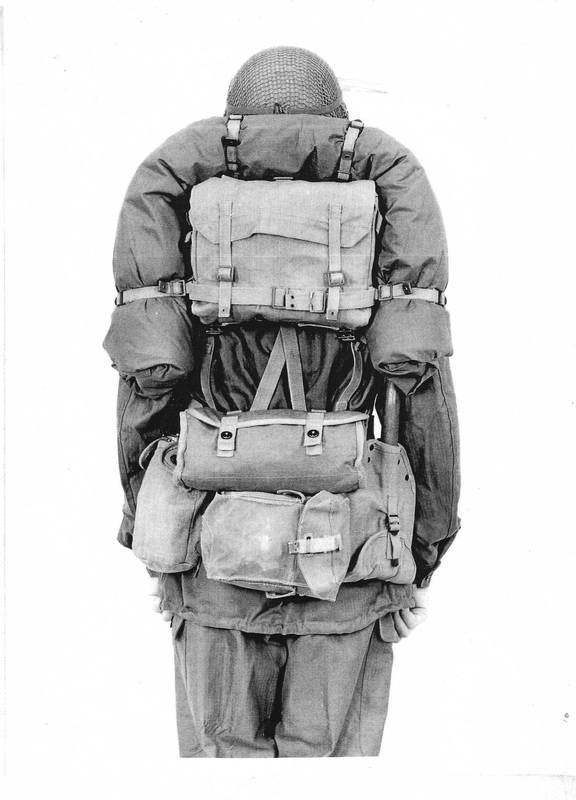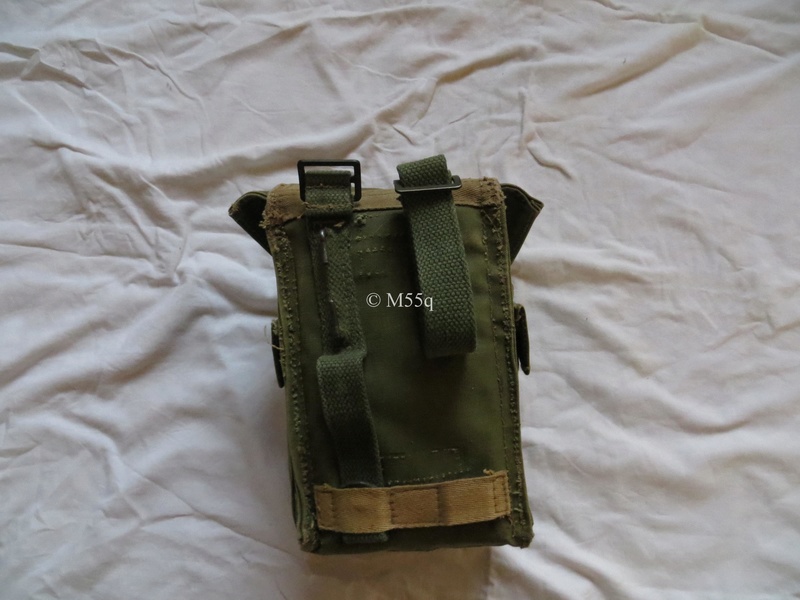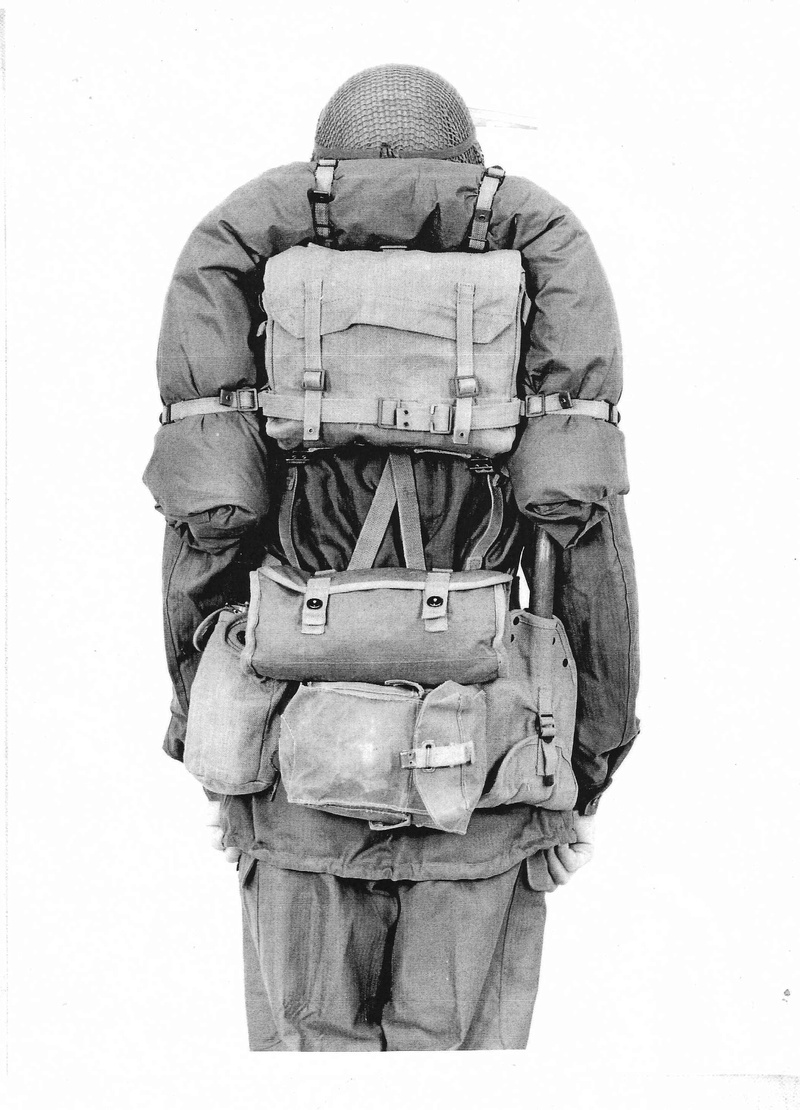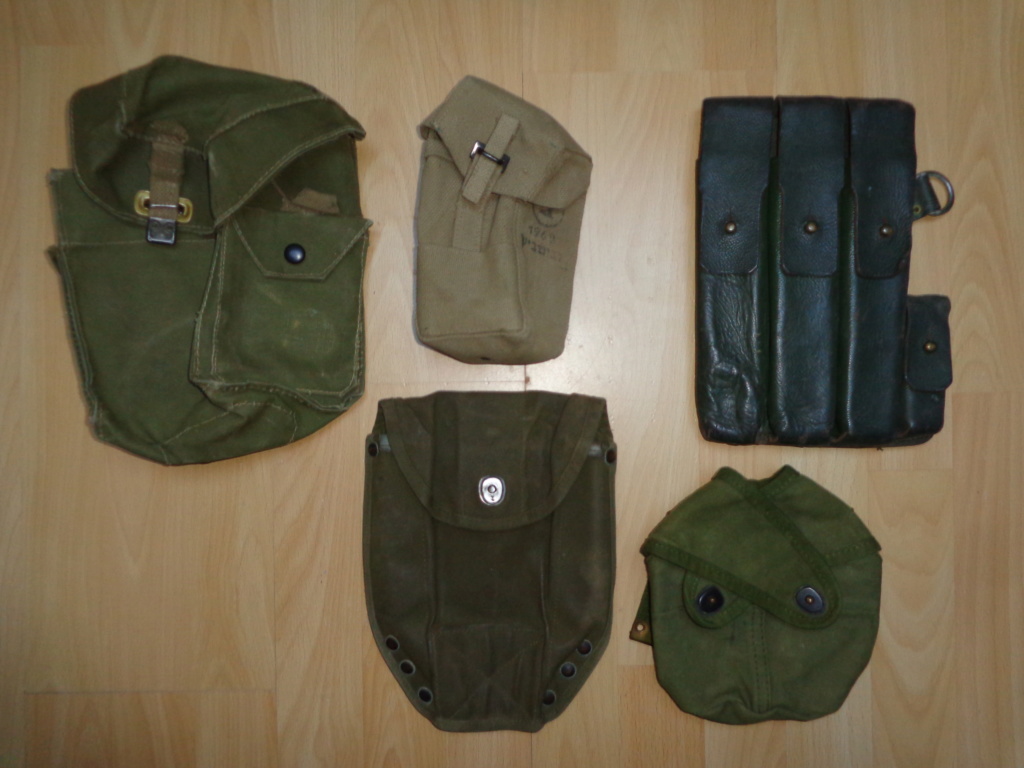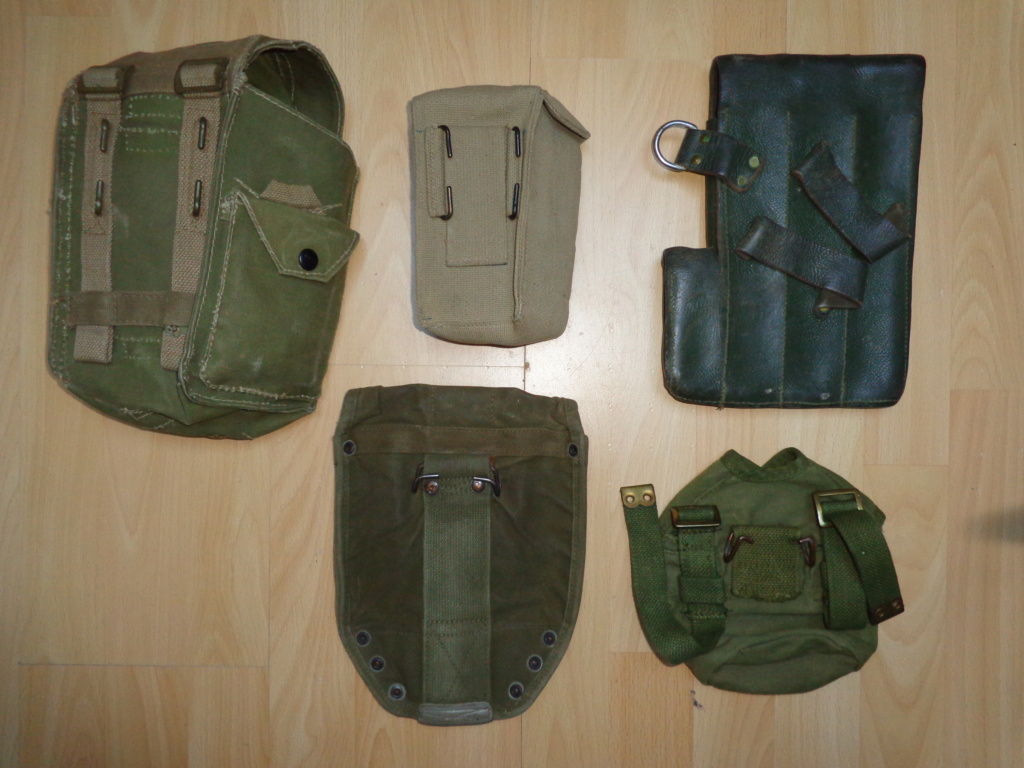mikedenmark wrote:Shoulder flashes were only used for the battle dress, not for the M58 uniform.
Pistol M1946 Highpower was issued with a light brown leather Holster. I have never seen a danish webbing holster for that.
Lathi Pistol M40S was either issued with a swedish style brown or black leather holster. Occassionally with a tiny crown over HV on the front flap.
For officers of the reserve, Lathi webbing holsters with compartments for 2 magazines were issued. Made by the company KitKat. Around 1955.
Garand bayonets were either orig. short US, shortened long US or, the rare danish made bayonets. Danish made Garand bayonets were either marked 1954 or 1955 on the blade.
Usually scabbard metal was parkerised or green. Black painted were used by the life guards.
Webbing for the garand scabbard exist in several colours. Kakhi, green and white, to name some.
Danish made boots are often marked at the top edge. Usually with a crown, and the year on either side: 19crown56. Fairly easy to find. Not all boots are so marked.
The super rare plastic boot was introduced around 1990. Broke down after a couple of months use. besides, the foot was basically in a plastic bag, meaning ecsessive sweating.
Not a success, but a bid at making boots useable where biological or chemical agents had been used. My guess is they burned them. But, I have had one in my hand, they definitely existed. From the ancle and down, the whole boot was a plastic moulding. NOT flexible. STIFF. Small wonder they broke when used.
In general, there were 2 different users of danish army gear: The army and the home defense.
These had seperate regulations, and did not always buy the same equipment.
That means weird stuff can be seen in photos where it is impossible to say if it is homedefense or army people.
Like I never got the poncho bag while with the home defense. The item existed, but was not part of the basic set. That was basically army, unless you bought it privately second hand.
Around 1980, the original stocks of british equipment were depleted, and replacements were made. Generally in a darker green colour and with alu metal. Even later, the quality was getting worse, thinner straps, with heated ends without metal at all. The strap fabric became so thin, it started to cut in your shoulders when used. Bags were so thin as to be comparable with ordinary plastic bags.
By then, the new strapping system was in planning and costs for the old parts were kept at a minimum.
Hej Mike!
Godt at se en anden fra Danmark her på stedet! (but let's keep in English)
Home Guard - Regular Army and dates: Important distinctions
As you correctly identified, there is a great deal of difference between the kit issued to Home Guard troops and regular army. Within the regular army, there is the distinction between regulars and conscripts to take into account as well.
Home Guard = Hjemmeværn.
Home Defense = Hjemmeforsvar.
Another "problem" to keep in mind when discussing Danish webbing is what year one served. Before 1970, most of the equipment was rather "new" and was more or less issued as per regulations. The introduction of OD-green webbing from 1961 was a necessity because infrared cameras came into widespread use by the WAPA countries. From the 1970s and onwards, equipment was increasingly issued in a more haphazard fashion as dwindling stocks were not replenished.
Bayonets
The "Danish" Garand bayonets were most likely made in Italy, like the Garands, and stamped with HTK / FKF on arrival.
Webbing Holsters
There exist two webbing holsters. As you made clear, there was a great deal of difference in equipment quality and quantity between the army and home guard. The Home Guard issued every bit of kit they could get their hands on, hence the Lathi being used - and leather holsters.
The M/46 in army services had both a cotton and leather holster, as is evident from 1950s photos. Leather for the 'Sam-brown'-esque belt used by the officers, and cotton for other ranks and use in the field.
The two webbing holsters can be seen below, a "new" produced in Denmark, and a altered British WWII holster:
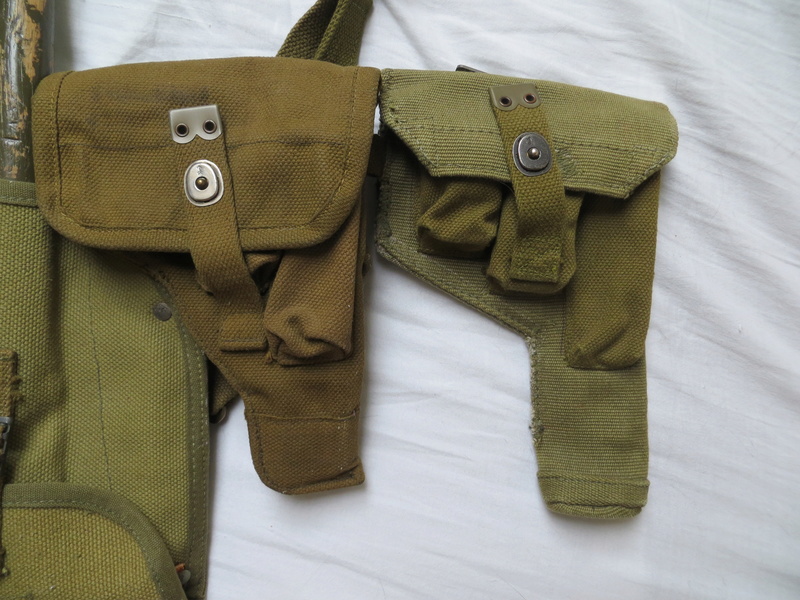
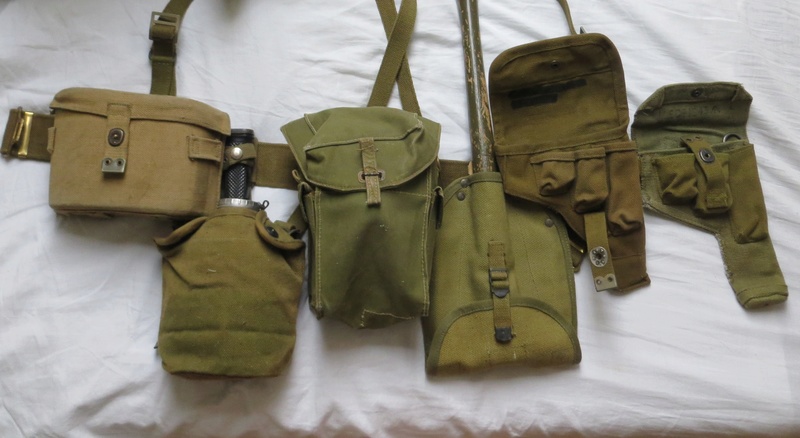
British Webbing
As you told, dwindling stocks of old M/45-50, M/45-59, and British webbing meant that rubberised packs and "polymer" straps and fittings were introduced in the 1980s. However, it is a very stubborn rumour that ALL cotton webbing was British and of WWII vintage - it most certainly was not. The vintage webbing Denmark received in the late 1940s and early 1950s came from several countries (e.g. Canada, UK even Australia) and was transferred to the Home Guard as fast as possible when the home grown M/45-50 was introduced. From the early 60s most webbing used by the regular army was made either specifically for Denmark abroad (M.E.Co.), or was produced by Hvidt's company (Known as KitKat). This however changed again in the later stages of the cold war, as you already made clear.
Hvidt's advertised for decades in military journals, that his company was able to supply every bit of webbing for the M/45-50 and later the M/45-59 webbing:
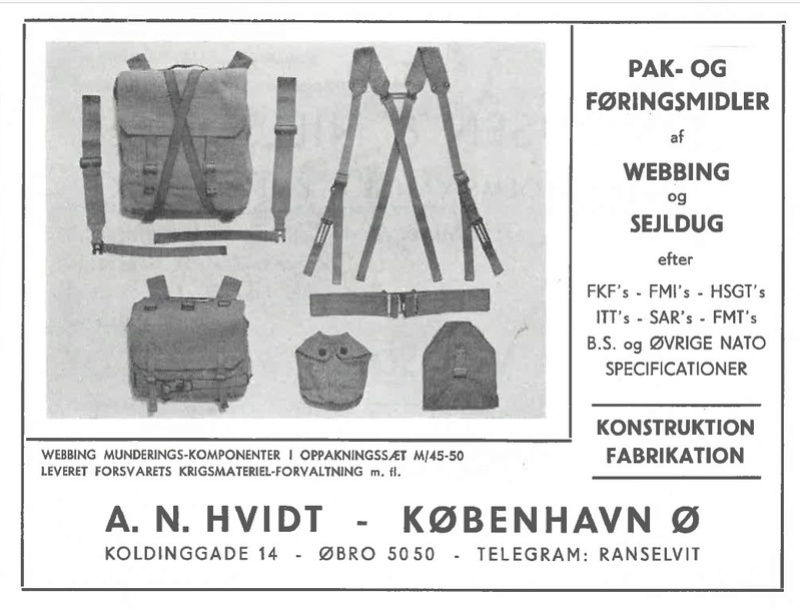
Boots
Not all boots were stamped the way you mentioned - it depends on the age. I have yet to determine when the practice of stamping a date enclosing a crown was introduced. But the oldest boots in my collection does not carry this stamp (from the late 40s - early 50s), and my best guess would be that it was introduced in the 1960-70s.
I think the "rubber boots" you are referring to it the NBC boots? Large stocks of them were burned in the 2000s (as far as I remember), because the rubber did not last long under the storage conditions they were kept under. They were introduced together with "bamsedragten" (the NBC cover-all).



 by M55q Mon Dec 18, 2017 7:55 am
by M55q Mon Dec 18, 2017 7:55 am

